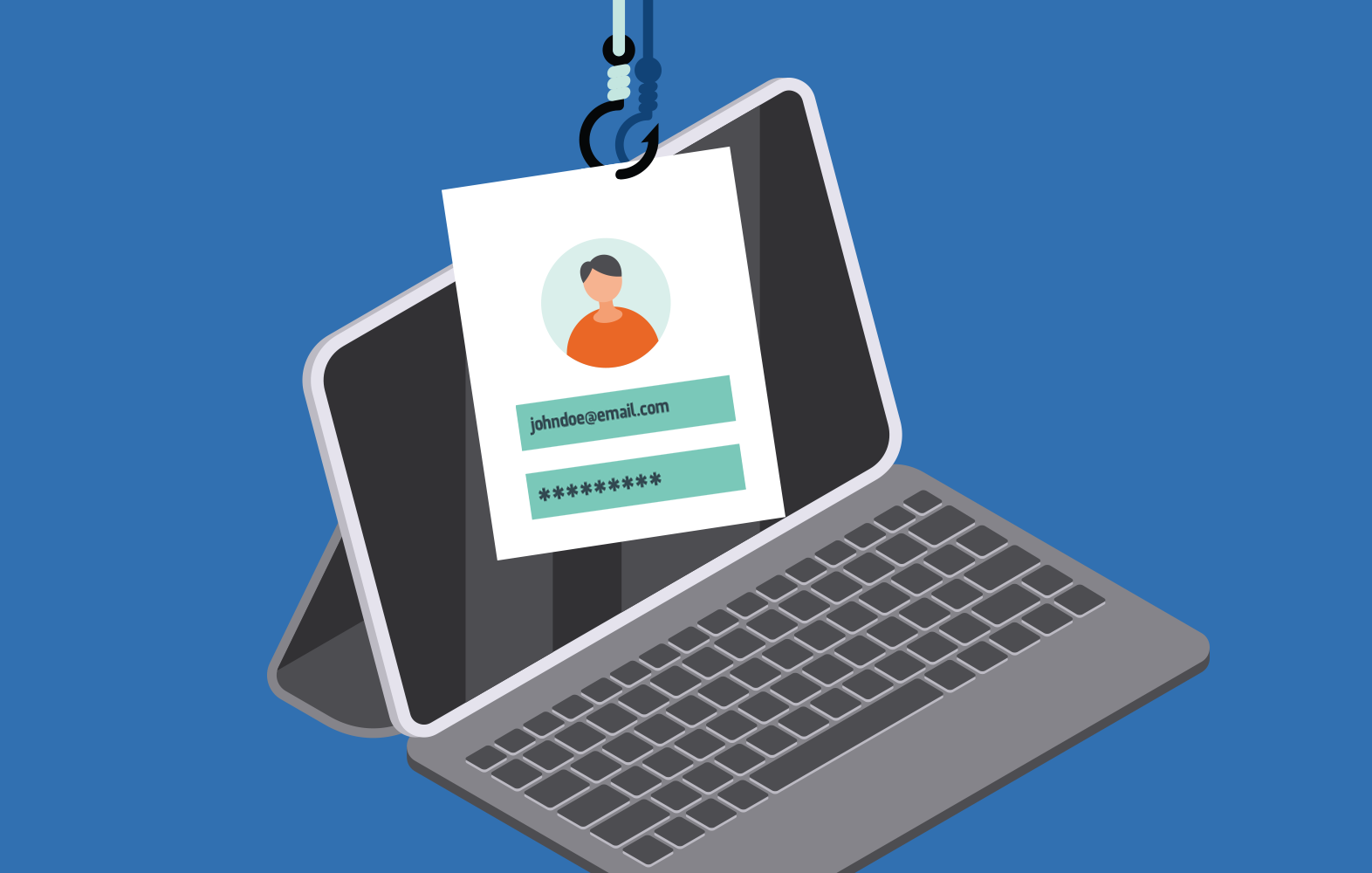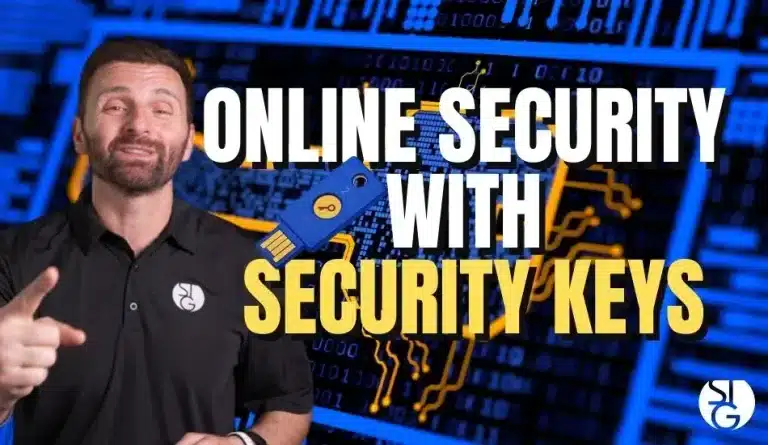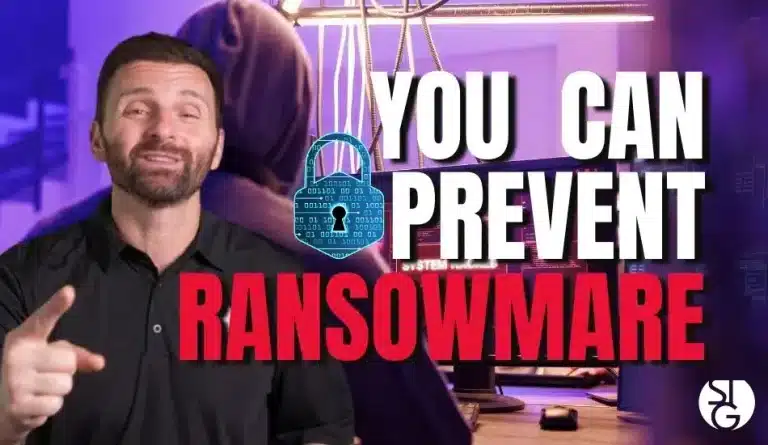A single click can be the difference between maintaining data security and suffering massive financial losses. From the moment just one employee takes the bait in a phishing email, your business is vulnerable to data breaches and extensive downtime.
Here’s how to quickly spot the red flags and put phishing emails where they belong:
1. Poor Spelling and Grammar
While occasional typos happen to even the best of us, an email filled with errors is a clear warning sign. Most companies push their campaigns through multiple review stages where errors are blitzed and language is refined. Errors throughout the entire message indicate that the same level of care was not taken, and therefore the message is likely fraudulent.
2. An Offer Sounds Too Good to be True
Free items or a lottery win sure sound great, but when the offer comes out of nowhere and with no catch? There’s definitely cause for concern. Take care not to get carried away and click without investigating deeper.
3. A Random Sender Knows Too Much
Phishing has advanced in recent years to include ‘spear phishing‘, which is an email or offer designed especially for your business. Culprits take details from your public channels, such as a recent function or award, and then use it against you. The only clues? The sender is unknown – they weren’t at the event or involved in any way. Take a moment to see if their story checks out.
4. The URL or Email Address Isn’t Quite Right
One of the most effective techniques used in phishing emails is to use domains which sound almost right. For example, [microsoft.info.com] or [pay-pal.com]
Hover over the link with your mouse and review where it will take you. If it doesn’t look right, or is completely different from the link text, send that email to the bin.
5. Asking for Personal, Financial, or Business Details
Alarm bells should ring when a message contains a request for personal, business, or financial information. If you believe there may be a genuine issue, you can initiate a check using established, trusted channels.
While education is the best way to ensure phishing emails are unsuccessful, your managed IT service provider adds levels of protection. They can install a robust spam filter and solid anti-virus system to provide peace of mind that your business has the best protection available.
STG IT Consulting Group would love to meet with you and discuss how we can secure your system against costly phishing attacks.
Please follow this link to schedule a free 15 minute Zoom or phone call with one of our advisors: https://calendly.com/stginfotech/meeting
STG IT Consulting Group proudly serves the Los Angeles and West Hollywood area for all of your IT needs. We look forward to meeting with you!






[…] computer virus is often spread through phishing emails. Be careful clicking on links or downloading attachments that look suspicious or raise a red […]
[…] them up and send you an invoice. Scammers do. They monitor expiring domain names and then send out phishing emails or convincing physical notices telling you it’s time to renew. They are not doing this as a civic […]
[…] Windows. Once they find a weakness, they try and find a way to spread it. This could be through a malicious email attachment or even something that spreads without your […]
[…] people about social engineering (e.g. phishing emails or fraudulent business […]
[…] Phishing Emails: 5 Red Flags to Make You Think Before You Click […]
[…] Phishing Emails: 5 Red Flags to Make You Think Before You Click […]
[…] But if you look carefully, you’ll notice something is off. We recommend checking out this article to learn how to quickly spot the red flags and send those phishing emails straight to […]
[…] Click here to further learn how to recognize a Phishing scam and protect your firm. […]